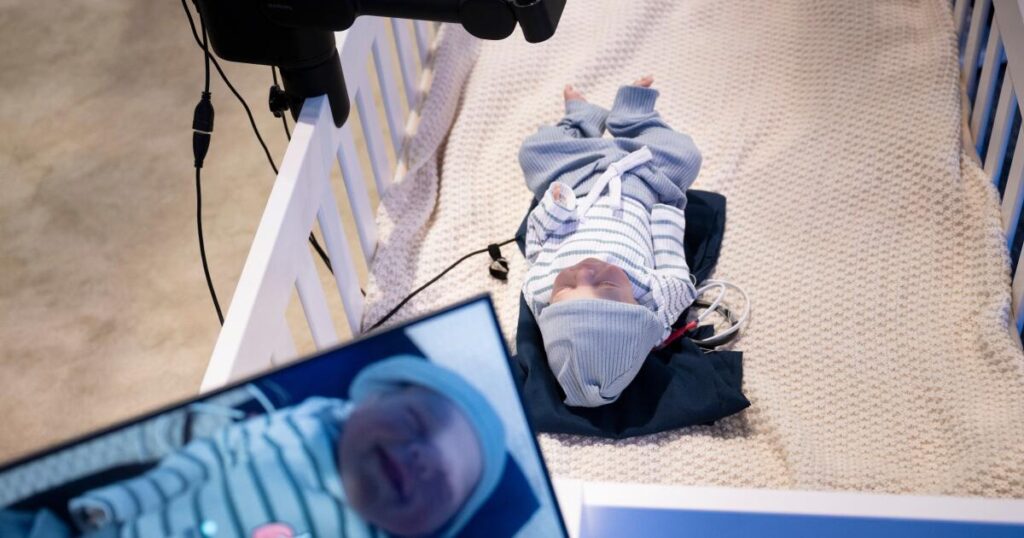Everyday items like remote thermostats and baby monitors can be vulnerable to cyber hackers. But a new federal program expects to identify and label Internet-connected products that take additional steps to protect online information.
Tracy Mitrano, a visiting professor of information science at Cornell University, said any device that can be accessed remotely and transfer information over the Internet is vulnerable to hackers.
Mitrano said that if a hacker can access data on a device, they could access the product's account, which is typically tied to a bank account or other personal information.
Most newly purchased products have privacy settings by default or turned off completely. You are responsible for taking steps to protect the information transmitted via your device.
Mitrano said he recently bought a printer and set a password to protect it from “hackers.” [that could] It could be foreign governments, organized crime, or the stereotype of the kid in the basement. ”
Once hackers find a vulnerability, they attack it and use the information they steal, Mitrano said, adding that these attacks can occur in just “nanoseconds.”
According to a study published by Parks Associates, a market research firm focused on internet-connected devices, the average internet-based household has more than 17 connected devices, and as more people transition to working from home, that number is increasing. The numbers have skyrocketed over the past three years. .
But privacy concerns have made many consumers hesitant to buy some products and services that connect to the Internet, said Elizabeth Parks, the company's president.
Parks Associates found that 30% of connected U.S. households do not own or plan to purchase smart home devices, citing cybersecurity threats as a determining factor.
In an effort to support consumers seeking secure connectivity through their devices, the Federal Communications Commission recently voted to create a voluntary cybersecurity labeling program for wireless consumer products.
The commission has not yet released final plans for the program, but it aims to mark smart products that meet robust cybersecurity standards with the new U.S. Cybertrust Mark.

A version of this logo with a QR code for product information will soon appear on smart devices near you, provided they meet FCC standards for cybersecurity.
(Federal Communications Commission)
The bright green label includes a QR code that links to a product registry that provides information for consumers about the cybersecurity protection of their devices.
Parks said the logo, similar to the Energy Star program, is intended to build trust between consumers and the companies that make the devices.
Consumers who purchase a refrigerator or clothes dryer with the Energy Star logo know that the product is energy efficient. The logo indicates that the appliance has undergone a certification process overseen by the U.S. Environmental Protection Agency. It is this level of trust that the FCC hopes to garner with the U.S. Cyber Trust Mark.
FCC Chair Jessica Rosenworcel said that as society becomes more connected and more products enable that connectivity, consumers will be better able to make informed purchasing decisions and have the ability to buy products they can trust in the marketplace. It said it could differentiate and create incentives for manufacturers to meet higher cybersecurity standards and earn the new label. .
“Over time, we expect more businesses to use the Cybertrust Mark and more consumers to request the Cybertrust Mark,” Rosenworcel said in a statement. Ta.
He said the mark has “the power to become the global standard for secure Internet of Things devices.”


